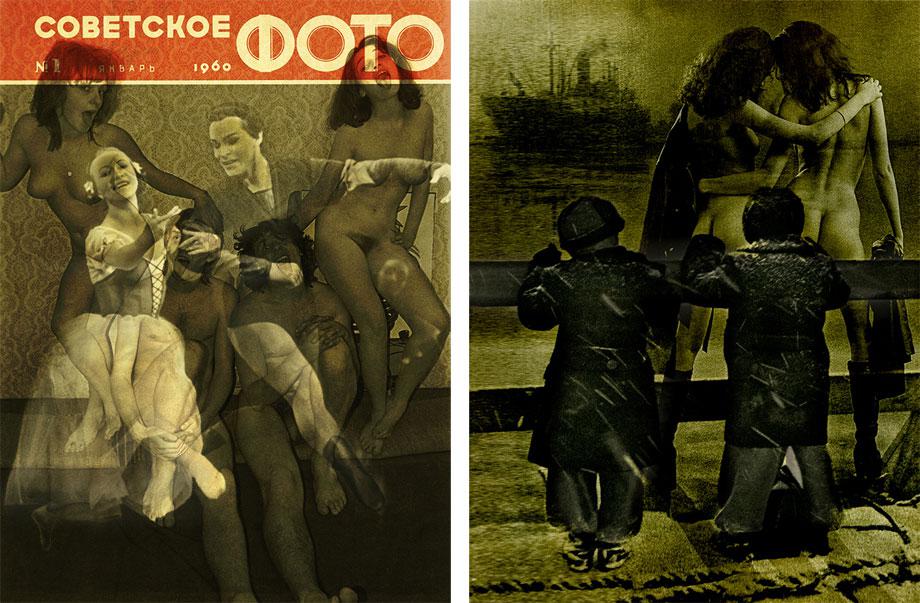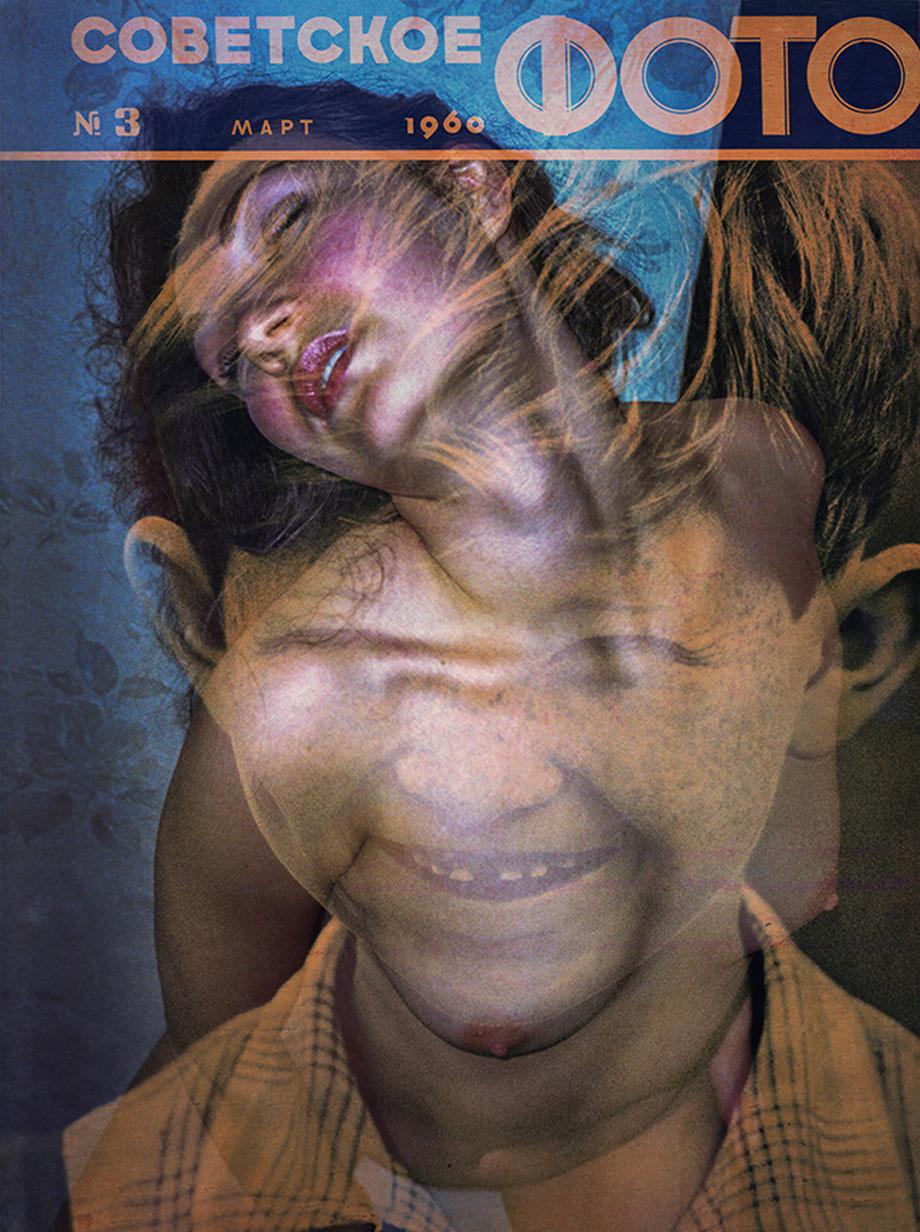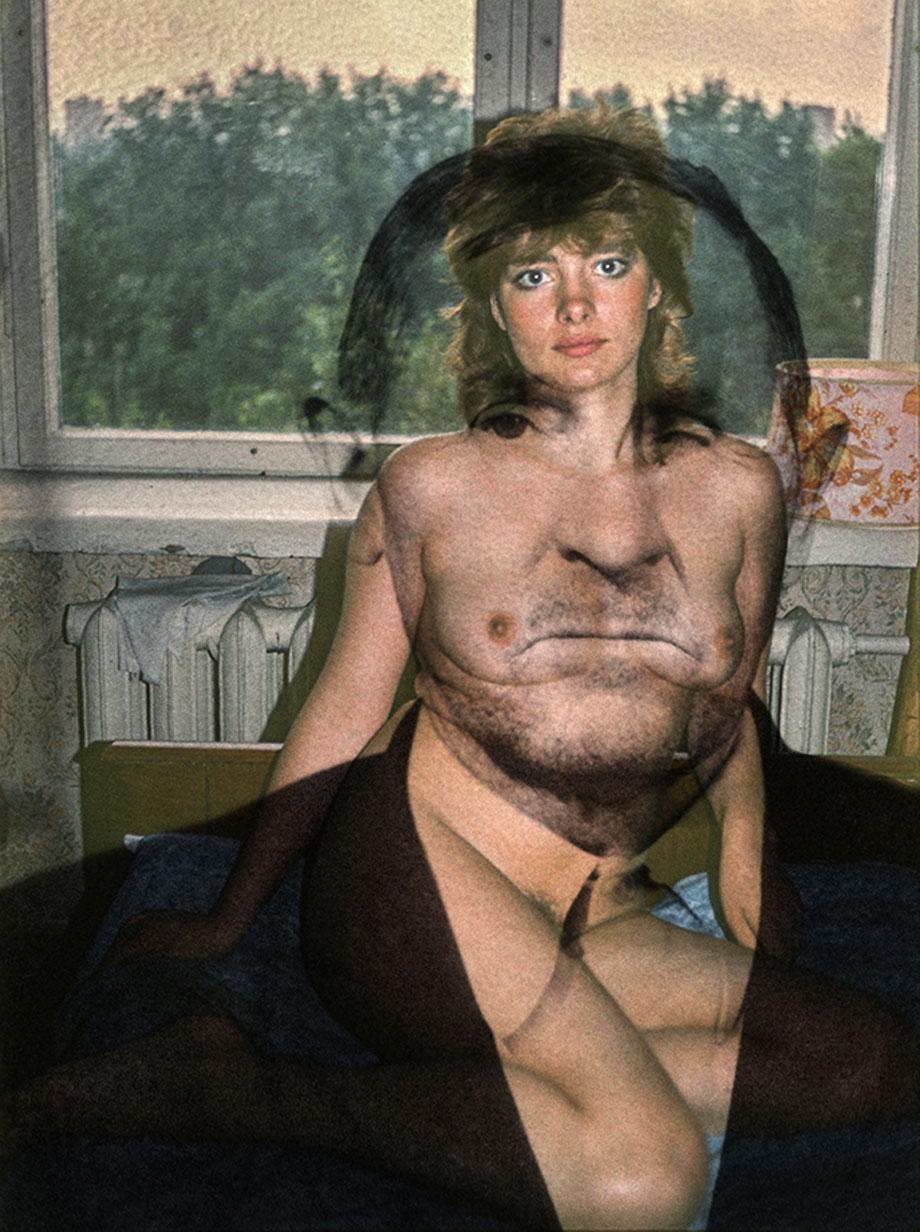(Warning: This post contains nudity.)
From 1926 through 1992, the only photography magazine available for both amateur and professional photographers in the Soviet Union was Soviet Photo. Because it was state-run, the images shown in the magazine were printed with the sole purpose of furthering Communist propaganda.
The artist Roman Pyatkovka worked as an underground photographer during part of that era, risking imprisonment for many of the images he took back in the 1970s and ’80s.
“It was a time when the police would view anyone with a camera as suspicious,” Pyatkovka wrote via email. “A time when any nude image was considered pornographic. My works were a breath of fresh air against the oppressive totalitarian state.”
Pyatkovka, along with a handful of other artists, wanted only to work without censorship creating work that was “dangerous, but at the same time exciting.”

Roman Pyatkovka

Roman Pyatkovka

Roman Pyatkovka
Using both the propaganda imagery from Soviet Photo along with his own illicit imagery taken during the Soviet period, Pyatkovka has created a series of imagery titled “Soviet Photo,” which, he wrote, enables the viewer “to reflect on the ideals and disappointments, censorship and creativity of that time.”
A lot of the images included in “Soviet Photo” were created in order to try to reimagine the past. “Today I deal with historical photographic evidence as I would with fossilized remains,” he wrote about the series. “My name for this method is ‘Memory Art.’ I suggest letting go of the purported credibility of a captured fact and rewriting and reimagining events through the prisms of personal experiences which are always true. … With this series, I offer the viewer the chance to re-experience key moments of our past and thus find the present.”
The idea for the series came to Pyatkovka while he was scanning film he shot back in the 1970s and ’80s, making him feel as if he were reliving his youth during the Soviet era. “What I wanted to do today, in the 21st century, was to compare and contrast the official Soviet photography of the time with its underground counterpart.”
“On the one hand, I utilized Communist visual clichés from the magazine, such as a cosmonaut, a tractor driver, a collective farm director, a seamstress, etc. On the other hand, my deliberately simple, amateur-looking pictures of naked women. And these women who stood in lines and hauled around bags full of hard-won groceries, joined us for vodkas and lived in overpopulated communal apartments. But they were also the women we were friends with, the ones we dated, fell in love with, and married. In this sense I juxtaposed ideological glamour with real life.”
For his efforts, Pyatkovka was recently named Professional Competition Conceptual Winner at the 2013 Sony World Photography Awards. Pyatkovka feels the category for which he received the award is fitting for his style of work.

Roman Pyatkovka

Roman Pyatkovka

Roman Pyatkovka
“My art is a three-way junction of ideologized ‘Sots Art’ (short for Socialist Art or Soviet Pop Art), deeply private conceptualism and frighteningly simply realism. Contemporary conceptual photography is a reflection of social relations and a study of life’s various facets. A contemporary artist is a blend of the social and the personal in exact proportions.”
